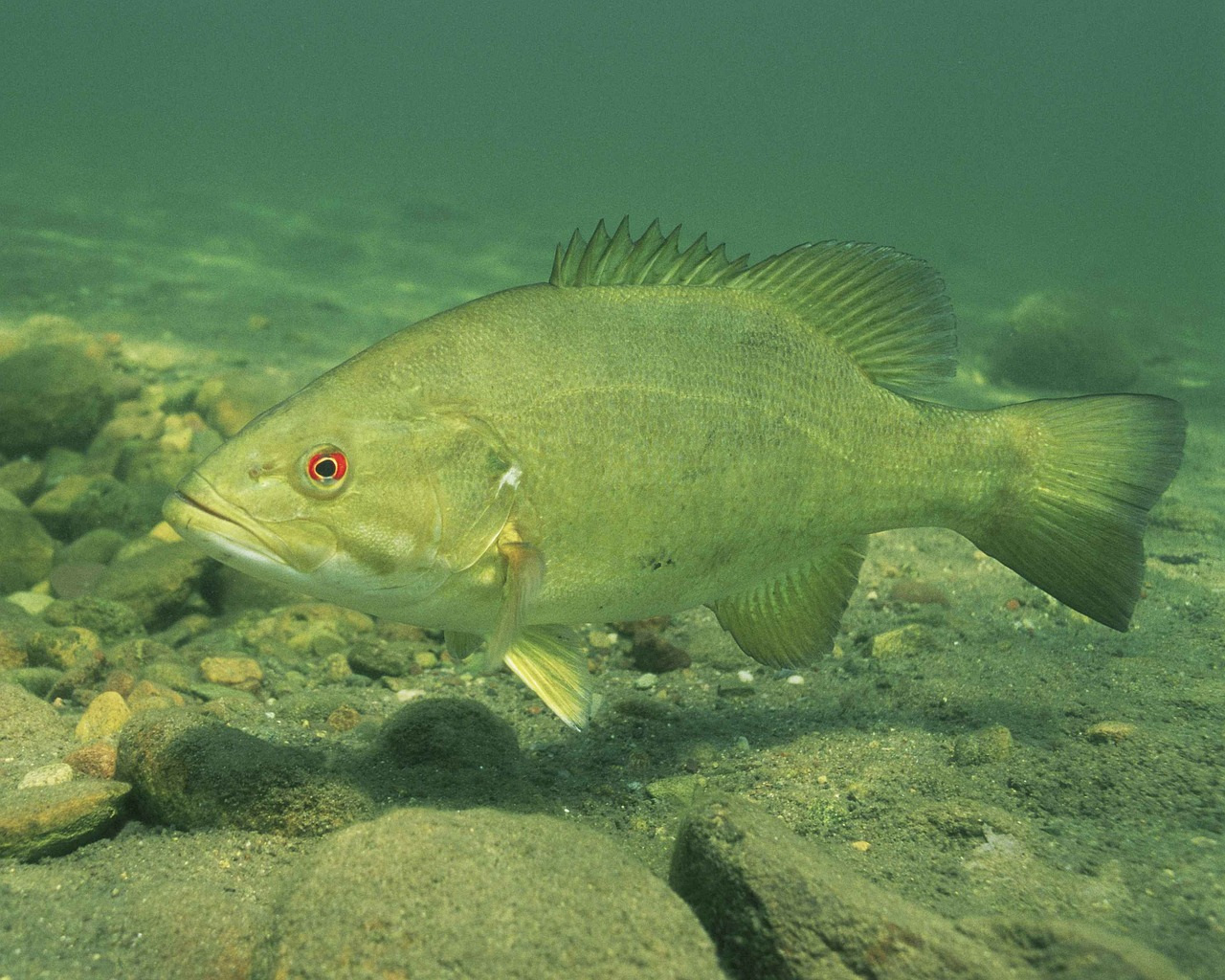
There are numerous forms of game fishing to consider if you are planning taking up this type of hobby. One of the most popular options for beginners in the sport is bass fishing. This is an ideal choice because anyone can learn how to fish for bass with some patience. In simple terms, the process is not complex, and there are no special skills required. Also, bass is available in almost every part of North America. In addition, this species is exciting to fish for because the individual fishes occur in different sizes and are considerably aggressive. Here are some simple guidelines to help you get started on successful bass fishing.
Bass Fishing Spots
As mentioned above, bass is extremely common, so you will not find it difficult to discover the perfect fishing spot. If you have a boat, you can fish on lakes and large ponds. However, complete beginners without extensive resources can fish in smaller ponds, streams, and rivers. If you are not familiar with the water bodies in your home region, you can check online resources for information. Most water body directories will provide complete data on the feature, including the availability of bass and fishing regulations. One of the most comfortable bass fishing options for beginners is private ponds and lakes. If you can find one, inquire about the possibility of fishing within the property.
Choosing the Right Bait or Lure
There are different types of lures and bait which are appropriate when learning how to fish for bass. However, you should remember that the right item will depend on your local region and the season. Simply speaking, the fish feed on different things, depending on what is available in specific areas and during certain seasons. You must find the most suitable match to increase your chances of success. Consider these common types of bait in the modern game fishing industry.
Soft Plastic Bait
The most convenient type of bait for beginners is soft plastic bait. Basically, this refers to specially designed products which mimic the appearance of common foods consumed by bass. They are manufactured in different shapes, including worms, zooplankton, tubes, and insects. Therefore, you are bound to find something that works in your preferred fishing spot.
Crank Bait
Crank bait is suitable for bass fishing because of the aggressive nature of the species. Like soft plastic bait, this type is manufactured using plastic and it can mimic different types of natural creatures. However, this fishing lure does not just float. The crank bait can dive underwater and move from side-to-side. This wobbling movement will disrupt the water column like a real creature. The bass will attack, and you can reel in your catch.
Topwater Fishing Lure
Topwater lures are not designed for high bass catching volume. However, if you are interested in high quality catches, you should consider trying this type out. As implied, this fishing lure is built to float and move efficiently on top of water. There are variants which produce sound and incorporate holographic finishes for maximum impact. When the bass notices the topwater fishing lure, the most aggressive bass will fall into your hands.
For the best results, you should consult veteran anglers in your area for advice when choosing your lures and bait. They will provide advice on the fishing items that they have found to bear most fruit in your selected fishing body.
Understanding Different Fishing Lines
There are different fishing lines that you can choose for your bass fishing trip. They all have their advantages and shortcomings, so you should make a comparison to find the most appropriate choice for your trip.
Monofilament Line
The monofilament type of fishing line is favored for bass fishing because it floats. This means that it is highly compatible with topwater bait. In addition, the line can stretch to some extent. This is a beneficial property because the fish will be able to get the bait and hook properly in the mouth, allowing you to reel your catch in conveniently.
Fluorocarbon Line
Fluorocarbon lines are heavy, so they tend to sink when placed on water. Therefore, this is not the best choice if you are using topwater bait. However, it has good compatibility with crank bait and soft plastics. Also, the line has great clarity, so it will not be seen as a suspicious item in the water.
Braid Line
The braid line does not stretch like the other two. However, this means that it is extremely strong in comparison to fluoro and mono lines if all the lines are of the same size. The braid line is visually prominent. Therefore, it should be used in water bodies with relatively low visibility.
Simple Bass Fishing Tips and Tricks
- Choose Attractive Lures: Bass often attack frogs, smaller fish and other creatures which have been wounded. Therefore, if you want to increase your chances of capture, you should choose bait that follows this feeding habit. For example, you can choose bait with some red colour. If you have some shredded plastic bail such as worms, keep it and use it for bass fishing in shallow water.
- Sharpen Your Hooks: The jaws of bass are quite bony which means that they can be hard to hook and reel in. Therefore, take some time to sharpen the hooks for better penetration.
- Before Storms: When the weather is calm, bass tend to be relaxed and unwilling to bite. However, if there is a storm coming, the changes in the air make them excitable, so use this time to make your move.
- Fishing Hours: You do not have to wait for a storm. Go fishing during feeding time at around sunrie or sunset for great results.
You will not become a bass fishing expert within a short period, even if the theory of the process is relatively simple. Therefore, if you want to learn how to fish bass and excel at it, be open to learning new techniques and tricks from game fishing veterans.

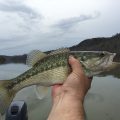
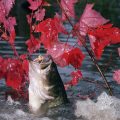
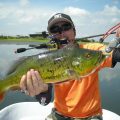
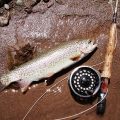







Pingback: Best Reels for Bass Fishing | Reel Fishing Guru
Pingback: How to work a spinnerbait | Reel Fishing Guru
Pingback: Are Bass Territorial? | Reel Fishing Guru
Pingback: Are Bass Cold Blooded? | Reel Fishing Guru
Pingback: What Do Bass Eat? | Reel Fishing Guru
Pingback: Baits for bass fishing | Reel Fishing Guru
Pingback: How To Fish With a Frog and a Frog Lure? | Reel Fishing Guru
Pingback: What Are Bass Beds? | Reel Fishing Guru
Pingback: Will Bass Eat Snakes? | Reel Fishing Guru